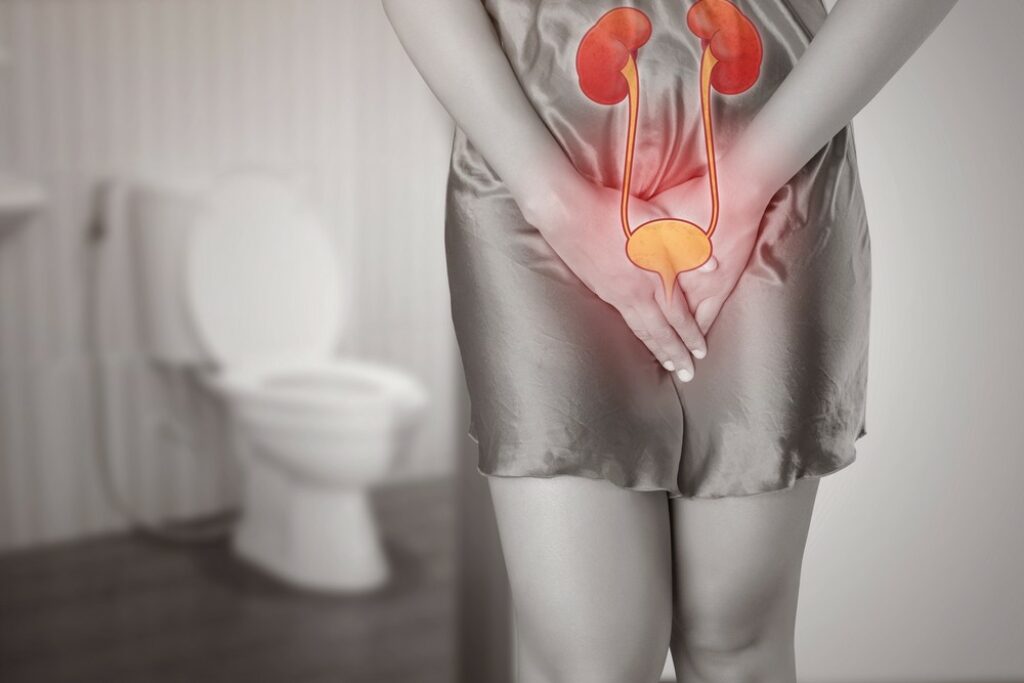
UTI Symptoms and Treatments
Of all the treatable bacterial infections that a person can experience, most would agree that UTI’s are the peskiest and most unpleasant of them all. Although there are several ways to reduce the risk of it developing, it can still occur occasionally and requires prompt treatment to prevent further complications.
Related Topics (Sponsored Ads):
Urinary tract infections (UTIs) are one of the most common bacterial infections, affecting millions of people worldwide. These nasty infections predominantly affect more women than men, and they occur when bad bacteria get out of control, enter the urinary system through the urethra and multiply in the bladder. UTIs can range from mild to severe and can begin to develop in any part of the urinary system, including the bladder and urethra. If left untreated for a prolonged period, the infection will spread to the kidneys, in which case more serious treatment methods and even hospitalization may be required.
With that being said, this article will lay out the early symptoms of UTIs, both non-medical and medical treatments available, risk factors associated with this condition, as well as preventive tips to help readers better understand UTIs and take necessary steps for prevention and treatment.

Early Symptoms
Recognizing the early symptoms of UTIs is crucial for prompt diagnosis and treatment. Common signs of a UTI include a strong and persistent urge to urinate, a burning sensation during urination, cloudy or strong-smelling urine, and frequent urination in small amounts. Some individuals may also experience pelvic pain or pressure and blood in the urine in severe cases.
Non-Medical Treatments
While medical intervention is often necessary for treating UTIs, non-medical treatments can provide relief from symptoms and support the healing process.
It’s very important to drink plenty of water, as this helps flush out bacteria from the urinary tract. Applying a heating pad to the lower abdomen can alleviate pain and discomfort. Additionally, add cranberry juice or unsweetened probiotic yogurt to your daily dietary intake, or take cranberry supplements to help prevent bad bacteria from multiplying and adhering to the urinary tract walls.
Medical Treatments
When it comes to treating UTIs, antibiotics are usually prescribed to kill the bacteria causing the infection. The type and duration of antibiotic treatment depend on the severity of the infection and the individual’s medical history.
Commonly prescribed antibiotics include trimethoprim-sulfamethoxazole, nitrofurantoin, and ciprofloxacin. It’s crucial to complete the full course of antibiotics as prescribed by the healthcare provider, in order to ensure that the infection is fully eradicated and won’t relapse.
In more severe cases, hospitalization may be required for intravenous antibiotics and additional monitoring. If the infection has spread to the kidneys, further imaging tests and investigations may be necessary to assess the extent of the infection and determine the appropriate treatment plan.
Risk Factors
Several factors increase the risk of developing UTIs. Women are more prone to UTIs due to their shorter urethra, which allows bacteria to travel to the bladder more easily. Sexual activity can also introduce bacteria into the urinary tract, leading to an increased risk of infection. Other risk factors include urinary tract abnormalities, menopause, the use of certain types of birth control (such as diaphragms or spermicides), urinary catheterization, diabetes, and a weakened immune system.
Preventive Tips
Preventing UTIs is possible through adopting certain lifestyle habits and practicing good hygiene. Here are some preventive tips that should be strictly followed:
1. Stay well-hydrated and urinate frequently: Drinking plenty of water helps flush bacteria out of the urinary tract. Also, don’t hold in urine for extended periods, as it allows bacteria to multiply.
2. Wipe from front to back, and empty the bladder after sexual activity: After using the toilet, always wipe from front to back to prevent bacteria from the anal region from spreading to the urethra. And don’t forget to empty the bladder before and after sexual activity, as this helps flush out any bacteria introduced during intercourse.
3. Avoid irritating feminine products and other substances: Harsh soaps, douches, and powders can disrupt the natural balance of bacteria in the urinary tract, making it more susceptible to infection. Other things you should reduce include caffeine, alcohol, and spicy foods, as they can aggravate the bladder and worsen UTI symptoms.
4. Wear breathable underwear and practice proper hygiene during menstruation: Opt for cotton underwear and avoid tight-fitting pants to prevent moisture buildup in the genital area, which can exacerbate bacterial growth. Make sure to change underwear everyday, as well as tampons or sanitary pads.
5. Take showers instead of baths: Sitting in a bathtub with soapy water can increase the risk of introducing bad bacteria into the urethra.
6. Consider probiotics: Certain strains of bacteria, known as probiotics, can promote a healthy urinary tract by preventing the growth of harmful bacteria. Talk to your healthcare provider about incorporating probiotics into your routine.
7. Manage any underlying health conditions: Properly managing conditions like diabetes and maintaining a healthy immune system can reduce the risk of UTIs.
Final Thoughts
By understanding the aforementioned early symptoms, non-medical treatments, medical treatments, risk factors, and preventive tips associated with UTIs, individuals can take proactive measures to prevent and manage this common infection.
If symptoms persist or worsen, it is crucial to seek medical advice for proper diagnosis and treatment. Remember, early detection and timely intervention are key to ensuring a speedy recovery and preventing complications associated with UTIs.




